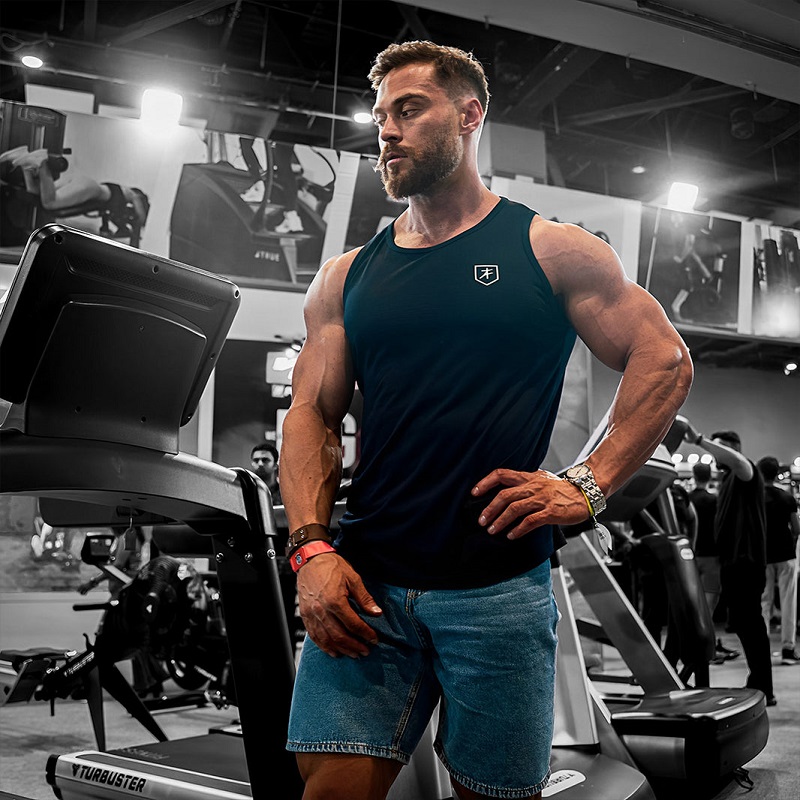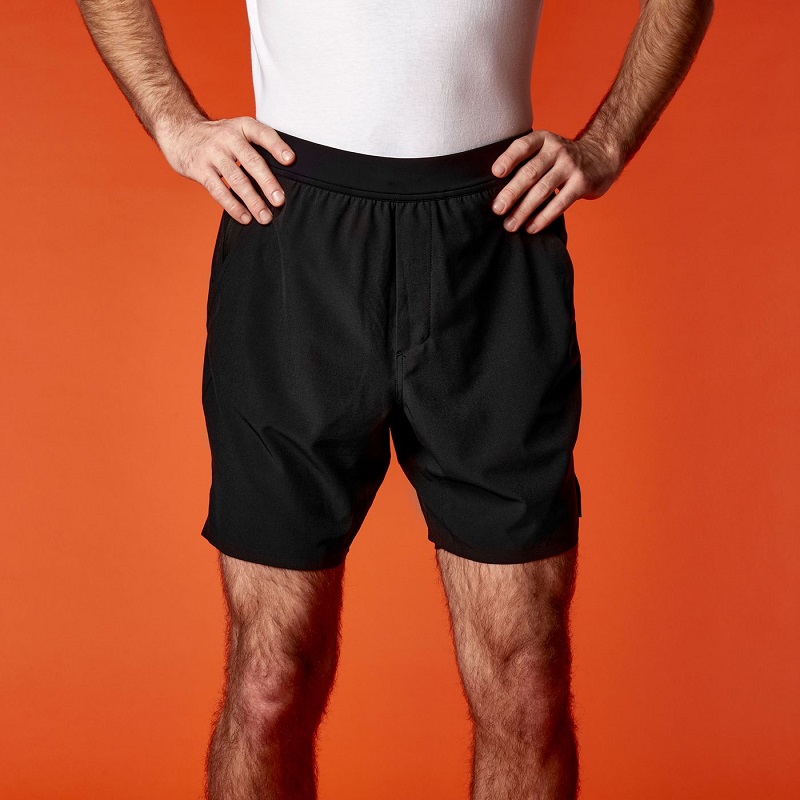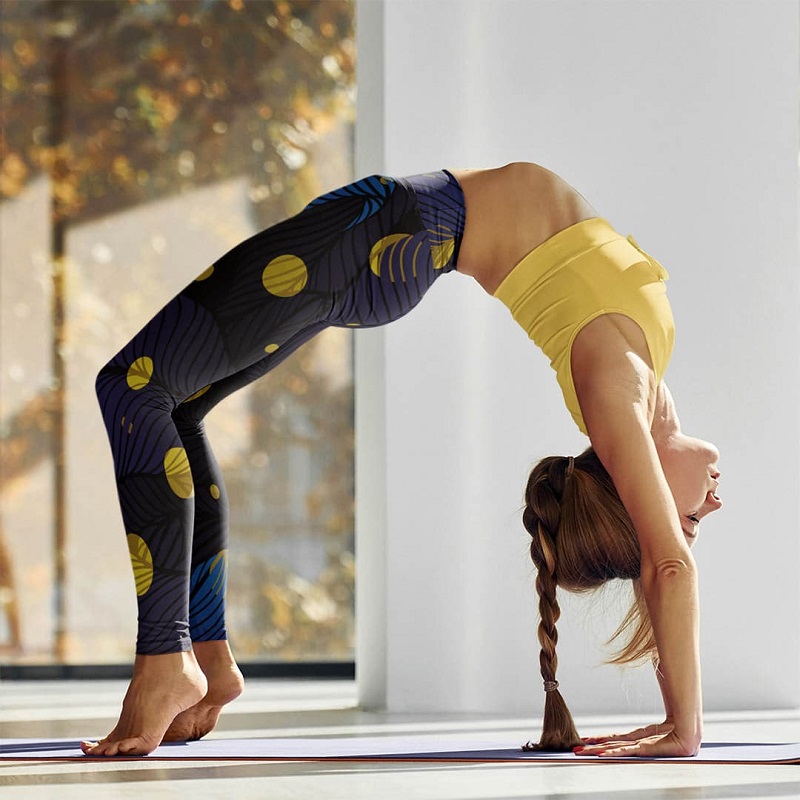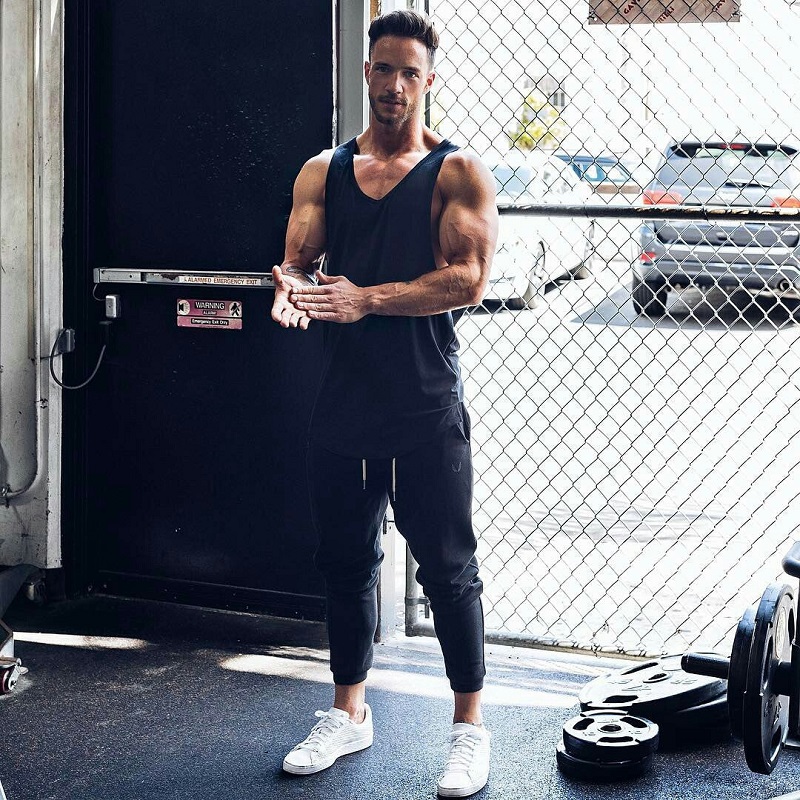Choosing the right fabric for gym wear can significantly impact your workout experience. The right material not only enhances comfort but also supports your performance by allowing for adequate movement, moisture management, and breathability. In this guide, we’ll explore various fabrics used in gym wear, their benefits, and how to select the best ones for your specific needs.
Understanding Performance Fabrics
What Are Performance Fabrics?
Performance fabrics are specially designed textiles that cater to the needs of active individuals. These materials often possess unique characteristics that enhance athletic performance, such as moisture-wicking, breathability, and stretchability. Performance fabrics are engineered to respond to the demands of physical activity, providing comfort and support whether you’re hitting the gym, going for a run, or participating in a yoga class.
Key Characteristics of Performance Fabrics
Performance fabrics typically have several key features that distinguish them from regular fabrics. These include:
- Moisture Management: Many performance fabrics are designed to wick away sweat from the body, helping to keep you dry and comfortable during workouts.
- Breathability: Breathable materials allow air to circulate, preventing overheating and discomfort.
- Stretchability: Stretchable fabrics provide a full range of motion, enabling you to perform exercises without restriction.
- Durability: Performance fabrics are often more durable than traditional fabrics, making them suitable for frequent use and intensive workouts.
Understanding these characteristics can help you make informed choices when selecting gym wear.

Popular Fabrics for Gym Wear
Polyester: The Workhorse of Activewear
Polyester is one of the most commonly used fabrics in gym wear, known for its durability and moisture-wicking properties. This synthetic material is lightweight, quick-drying, and resistant to shrinking and stretching, making it ideal for various activities.
Advantages of Polyester in Gym Wear
Polyester’s moisture-wicking capability pulls sweat away from the skin, allowing it to evaporate quickly. This helps regulate body temperature and keeps you comfortable during intense workouts. Additionally, polyester is easy to care for, as it is machine washable and retains its shape well after multiple washes. It is often blended with other materials, such as spandex, to enhance stretch and comfort.
Best Uses for Polyester Gym Wear
Polyester is suitable for a wide range of gym activities, from cardio to strength training. It is commonly found in t-shirts, shorts, leggings, and sports bras. Its versatility and performance characteristics make it a go-to choice for both casual gym-goers and serious athletes.
Nylon: Softness Meets Performance
Nylon is another popular fabric for gym wear, appreciated for its softness and strength. This synthetic material offers excellent stretch and recovery, making it perfect for activities that require a high degree of mobility.
Benefits of Nylon in Activewear
Nylon is incredibly lightweight and breathable, which helps keep you cool during workouts. It also has moisture-wicking properties, though it may not be as effective as polyester. Additionally, nylon is known for its durability and resistance to abrasion, making it suitable for high-impact activities. Its smooth texture also feels great against the skin, reducing the likelihood of chafing.
Ideal Applications for Nylon Gym Wear
You’ll often find nylon in leggings, compression wear, and sports bras. It’s particularly popular in yoga and Pilates attire due to its stretchy and comfortable nature. Nylon is also favored for outdoor activities, as its durability holds up well against the elements.

The Role of Natural Fibers in Gym Wear
Cotton: A Classic Choice with Limitations
Cotton is a natural fiber known for its softness and comfort. While it is a staple in everyday clothing, its performance in gym wear is a bit more complex.
Pros and Cons of Cotton in Activewear
On the positive side, cotton is breathable and absorbs moisture well, providing a soft feel against the skin. However, it retains moisture, which can lead to discomfort during intense workouts. When wet, cotton becomes heavy and takes longer to dry, potentially leading to chafing and skin irritation.
Best Situations for Cotton Gym Wear
Cotton is best suited for low-impact activities such as walking, light stretching, or casual wear. For more intense workouts, it’s advisable to look for blended fabrics that combine cotton with moisture-wicking materials for improved performance.
Bamboo: An Eco-Friendly Alternative
Bamboo fabric is gaining popularity in the realm of activewear due to its sustainability and unique properties. Made from the pulp of bamboo plants, this fabric is naturally biodegradable and environmentally friendly.
Advantages of Bamboo in Gym Wear
Bamboo fabric is exceptionally soft, breathable, and moisture-wicking, making it ideal for workouts. Its antibacterial properties help reduce odor, keeping your gym clothes fresher for longer. Additionally, bamboo is hypoallergenic, making it suitable for sensitive skin.
Ideal Uses for Bamboo Gym Wear
Bamboo is often used in yoga apparel, running tops, and undergarments. Its combination of comfort, performance, and eco-friendliness makes it an attractive option for environmentally conscious consumers.
Specialty Fabrics for Enhanced Performance
Merino Wool: Nature’s Performance Fabric
Merino wool is a high-performance natural fiber known for its exceptional insulation and moisture-wicking properties. Unlike traditional wool, merino wool is fine and soft, making it comfortable to wear against the skin.
Benefits of Merino Wool for Gym Wear
Merino wool regulates body temperature, keeping you warm in cold conditions and cool in hot weather. Its moisture-wicking ability ensures that sweat is drawn away from the skin, preventing clamminess. Additionally, merino wool is odor-resistant, making it suitable for extended wear during workouts.
Best Applications for Merino Wool
While traditionally associated with outdoor activities, merino wool is increasingly being used in gym wear. It’s perfect for layering during colder months or high-intensity workouts where temperature regulation is crucial.
Spandex: The Ultimate Stretch Fabric
Spandex, also known as elastane, is a synthetic fiber renowned for its exceptional elasticity. It is often blended with other fabrics to provide stretch and enhance fit in gym wear.
Advantages of Spandex in Activewear
The primary benefit of spandex is its ability to stretch up to five times its original length, providing unparalleled freedom of movement. This makes it an excellent choice for activities that require flexibility, such as yoga, dance, and high-intensity training. Additionally, spandex is durable and resistant to fading, ensuring your gym wear retains its shape and color over time.
Ideal Uses for Spandex Gym Wear
Spandex is commonly found in leggings, sports bras, and fitted tops. It is often blended with polyester or nylon to create a performance fabric that combines stretch, moisture management, and comfort, making it a staple in athletic apparel.

Choosing the Right Fabric for Your Activity
Factors to Consider
When selecting gym wear, it’s essential to consider the type of activity you will be engaging in. Different activities require different fabric properties. For example:
- High-Intensity Workouts: Look for moisture-wicking fabrics like polyester or blends that include spandex for stretch.
- Yoga or Pilates: Opt for soft, stretchy materials like nylon or bamboo that allow for freedom of movement.
- Outdoor Activities: Consider fabrics that provide insulation and moisture management, such as merino wool.
Personal Comfort and Fit
Another critical factor is personal comfort and fit. Different fabrics have unique textures and feels, which can affect your overall workout experience. It’s crucial to try on various materials and styles to find what feels best against your skin. Pay attention to the fit as well; gym wear should be snug but not restrictive, allowing for full range of motion without discomfort.
Care and Maintenance of Performance Fabrics
Washing Guidelines
Proper care of your gym wear extends its lifespan and maintains its performance features. Always check the care labels for specific washing instructions. Generally, most performance fabrics should be washed in cold water on a gentle cycle to preserve elasticity and moisture-wicking capabilities. Avoid using fabric softeners, as they can leave a residue that inhibits performance.
Drying and Storage Tips
For drying, it’s best to air dry performance fabrics whenever possible. If you must use a dryer, opt for a low heat setting to prevent damage to the fibers. When storing gym wear, keep it in a cool, dry place away from direct sunlight to prevent fading and deterioration.
Conclusion: Making Informed Choices for Optimal Performance
In conclusion, selecting the right fabric for gym wear is crucial for maximizing comfort and performance during workouts. With options like polyester, nylon, bamboo, and merino wool, there’s a fabric suited for every activity and preference. Understanding the characteristics and benefits of each material allows you to make informed choices that enhance your exercise experience. By prioritizing comfort, fit, and fabric properties, you can elevate your workout routine and enjoy a more productive, enjoyable fitness journey.









